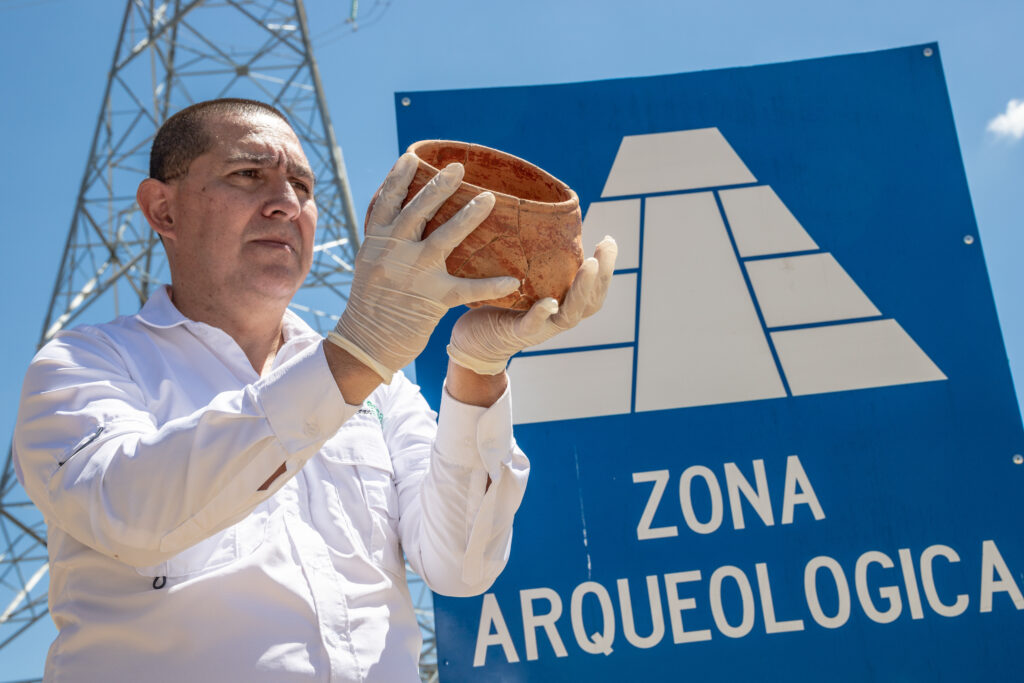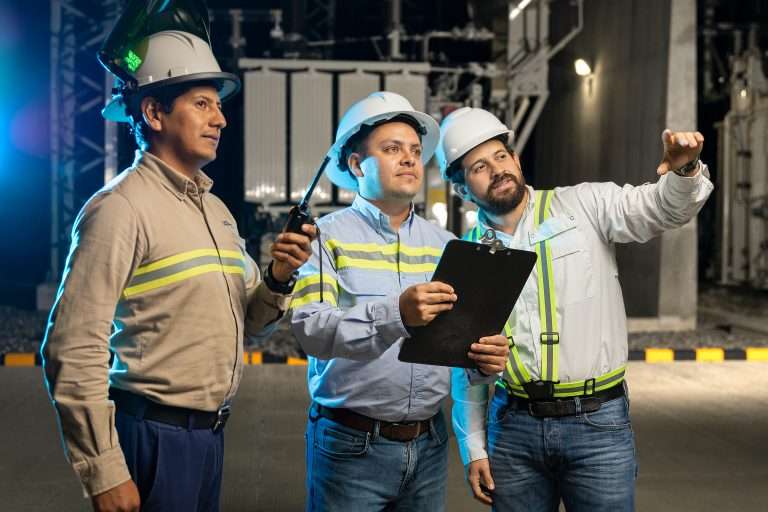Archaeology is a science that tries to analyze and test hypotheses through the analysis of the remains left by ancient cultures to reconstruct that past and bring it to the present. This is a great challenge for those who work in this field. Héctor Mejía, archaeologist and environmental professional at Conecta, took on this challenge.
For several decades Héctor discovered that “world of the green mystery” that Virgilio Rodríguez Macal discovered with so much emphasis. “To be an archaeologist you are born,” he says in this interview, “many have gone to work in the jungle and a few weeks later they want to return because they do not adapt to the conditions of living in the middle of the jungle.” But he understands them, not everyone gets used to being two days walk from the nearest village, developing an infrastructure to get water, food and improvise where to spend the night. During the seasons in the jungle the archaeologist loses weight, the skin changes color because the trees cover the sun’s rays and there is always the risk of running into some wild animal.
Learn more about Hector, the archaeologist who has discovered more than 400 sites in the heart of the Maya world, in this interview.
What qualities did you have as a child?
Since I was a child, what I liked most was to explore, to know what’s beyond. I also enjoyed looking for astronomy books in the school library. I liked to research, and because of that, my curiosity grew to investigate unknown places.
What did you want to be when you grew up?
Archaeology never crossed my mind. I liked to read, I enjoyed (Virgilio) Rodríguez Macal’s stories about the jungle in Petén and the pre-Hispanic cultures that hold mysteries.
What did you study at the university?
When it was my turn to choose a career at the university, I decided to study electrical engineering, however, by the fourth year I knew it was not for me…and I began to explore the possibility of becoming an archaeologist. I studied in the morning and afternoon, but at night I went to the library of the history school.
I changed careers and at the end of the third semester I began to work, my first job was to clean ceramics that were obtained in the excavations carried out in a project of Vanderbilt University. At the University we began to carry out field activities in Petén and that reaffirmed my conviction to become an archaeologist. Later, I was part of the Institute of Anthropology and History of Guatemala (IDAEH), in different projects, among them the Archaeological Atlas of Guatemala, from that moment I became a field archaeologist.
My job was to explore the southern Petén and the border with Belize. That was my great school. I also participated in the archaeological project Cuenca Mirador, in longer seasons, living in the jungle, later directing a regional program.
In those years, among other jobs, and who would have thought, I worked in a hydroelectric plant in Baja Verapaz, doing rescue projects at an archaeological site.
Who have been your mentors?
While I was at the Archaeological Atlas of Guatemala, I was under the direction of Juan Pedro Laporte, who is considered the father of archaeology in Guatemala. I trained with him, and we wrote a book on the political territorial development of the ancient Maya of Petén.
What do you like most about your work?
Living from archaeology is exceptional, the best thing that has happened to me. Archaeology is interpreting the information recovered in the field and turning it into a story to tell, a story for people to understand ancient cultures.
What are the biggest challenges facing archaeologists in Guatemala?
In the ancient world there are considered to have been seven major civilizations, including the Maya culture. Anyone would think, “among so many vestiges, so much history, archaeologists are privileged”, but this is not the case because governments are not interested in investing in culture, much less promoting it. Therefore, the field of archaeology is very small, and we depend a lot on foreign investment.
What are the discoveries you are most proud of?
During my research at the Archeological Atlas of Guatemala we had an exceptional finding, with the discovery of three large Mayan stelae, with magnificently carved scenes and inscriptions. With the work done with CONECTA, we were able to investigate an ancient construction that was made approximately 400 years before Christ, inside it we located a mortuary event, dedicated to the death of a possible ruler, who after his death was accompanied by at least 65 people. This event is so important because at that time it was not known that the pre-Hispanic peoples had a ritual development that showed this type of religious activity. These ancient remains have helped to establish the human genomes of America.
What has been your contribution to the archaeological career for the new generations?
As a result of my field work, I have been able to discover and investigate more than 400 archaeological sites, but the most important thing has been to leave a record in several articles and books, which I hope will be useful for future research.


